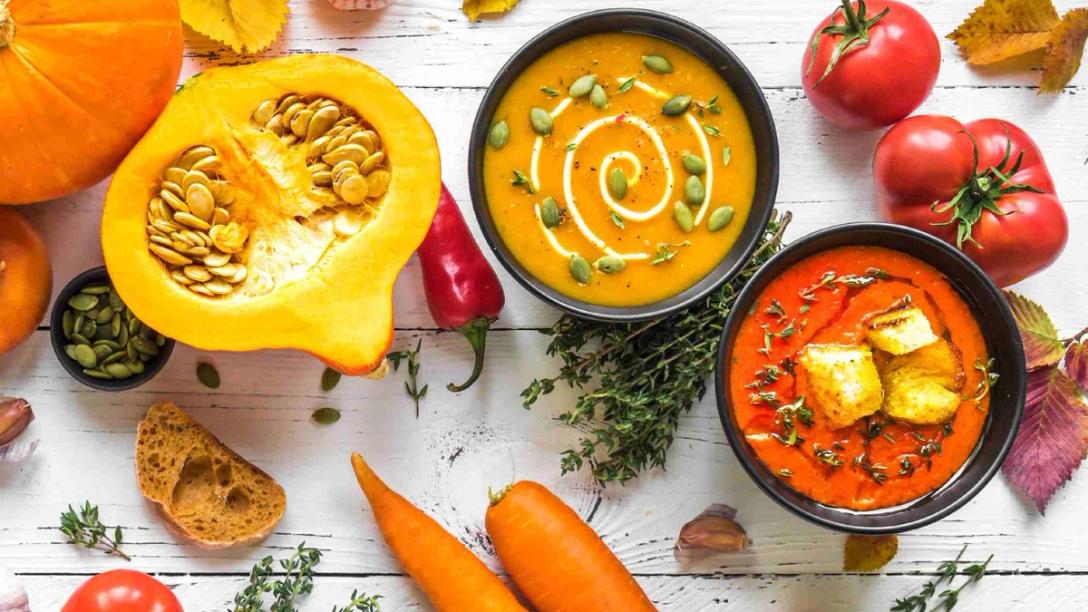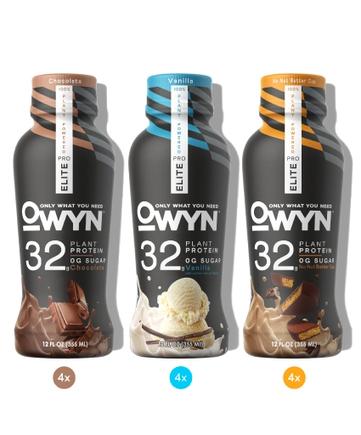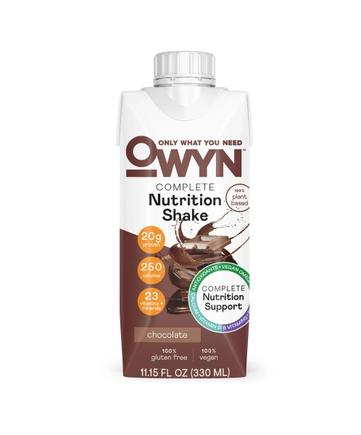Save 10% OFF All Subscription Orders.
Save 10% OFF All Subscription Orders.
5 Easy Hacks to Start Going Plant Based

Has transitioning to a plant based diet been on your mind lately? If you’re looking for a beginner’s guide to going plant based, you’re in the right place.
It may seem challenging and overwhelming to begin your plant based journey right off the bat. However, once you learn about the hacks behind how to start incorporating more plant foods into your diet, you’ll be an expert in no time. If you’re looking for a beginner’s guide to going plant based, you’re in the right place.
When switching to a plant based diet, it’s important to ensure that you learn more about the association between certain foods and the nutrients they provide your body. This allows you to obtain all the daily recommended nutrients required by the USDA Dietary Guidelines for Americans. An easy way to know whether or not you’re maintaining a well balanced diet without having to refer to various sources is to always include plant protein, whole grains, vegetables, and fruits in your meals. The combination of these foods provides you with a rainbow of colors and nutrients on your plate, which should be your main goal.
To learn more about how to begin your plant based journey in a simple, easy manner, check out the following 5 tips below.
- Sneak More Vegetables Into Meals. First things first, start sneaking more veggies into your everyday meals. Even if you’re not the biggest veggie-lover, you can discreetly add vegetables into just about any meal without even tasting it. You can blend them into smoothies, create a veggie-based soup, puree them into a sauce, cook them in pasta and lasagna dishes, throw them in an omelet, and more! Vegetables can also be baked, air-fried, boiled, and steamed for a boost of flavor. Simply sprinkle your favorite seasonings on them, drizzle some olive oil, and they’re ready to be cooked and added to your favorite grain bowl, salad, pizza, or pasta dish.
- Replace Meat Products With Plant-Based Proteins. Going plant based does not mean just eating salads; in fact, the #1 challenge that new plant based foodies face is neglecting to include proper protein sources from plants. There are numerous types of plant-based proteins that help you reach the required daily protein intake. Plant-powered protein sources include tofu, tempeh, chickpeas, black beans, edamame, peanuts, almonds, quinoa, and lentils. Plant based protein shakes and plant based protein powders, like OWYN’s, are also a great source of protein, especially when you don’t have time to cook and need to incorporate an easier protein source into your diet. It’s important to ensure that your meals have adequate protein for muscle maintenance, energy, and to keep you feeling satiated.
- Don’t Be Afraid of Healthy Fats and Carbs. Ever wonder why you never feel full or satisfied after meals? Well, many times when we think about eating “clean and healthy,” we tend to avoid fats and carbs because we consider them to be “bad” for us. However, these are two critical food groups when eating a plant based diet because they provide our bodies with important nutrients and play a vital role in properly balancing meals. Eating plant based doesn’t mean we have to stick to eating raw vegetables, such as lettuce, cucumbers, and broccoli all day. While you can include these foods in your meals, they should NOT be the main meals themselves. This lack of nutrients can lead to low energy, constant hunger, and dissatisfaction with food. So don’t be afraid to eat that pasta next time you’re craving a delicious, flavorful meal!
- Boost Intake of Real Foods. Beware of junk food that is considered “vegan”. There are plenty of vegan chocolate sandwich cookies and flavored chips that are full of artificial sweeteners, flavors, and colors. Be sure to reach for the foods that fall into the “whole foods” category - fruits, vegetables, whole grains, healthy fats, leafy greens, and beans. All these whole foods should be incorporated into your everyday diet so that you can eat well-balanced meals.
- Plan Out Meals Ahead of Time. Meal planning, preparation, and cooking are all part of the process that’ll make it easy for you to eat plant-based meals and enjoy the plant-based diet benefits. Next time you’re going to the grocery store, make sure you know exactly what you need to purchase by creating a shopping list. Stock up on pantry staples, such as legumes, grains, and canned foods that can be used at your convenience. Set a time and day when you are free to prepare meals for the week so that you maximize efficiency and reduce buying fast food.

Chocolate Dipped Strawberry Protein Shake
Craving something that tastes like dessert but still delivers on nutrition? The Chocolate Dipped Strawberry Protein Shake is rich, refreshing, and perfect as a post-workout boost, afternoon pick-me-up, or anytime you want a chocolatey, feel-good treat.

Super Greens Smoothie
Looking for a refreshing, nutrient-packed smoothie that actually tastes amazing? Meet your new go-to: the Super Greens Smoothie. This smoothie blends spinach, tropical fruit, and OWYN Vanilla Protein Powder to deliver a protein-packed boost with all the green goodness your body craves.



